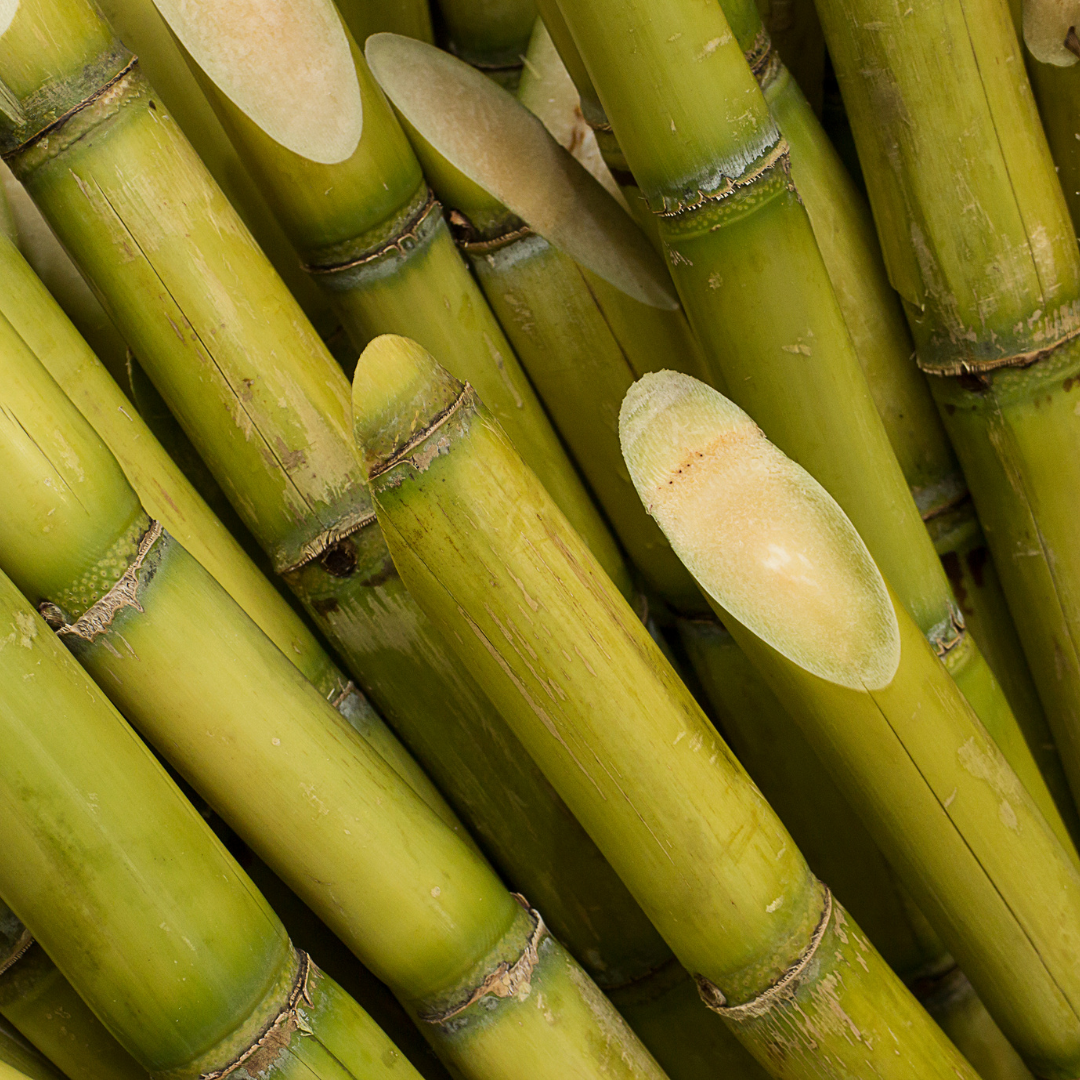
Sugarcane Squalane
Also Known As
Squalane, スクワラン
Benefits
Try the new trendy skincare hack with our new set, purchase our two day and night 15ml moisturisers to enjoy one 20ml serum for free.
Only eye treatment set needed for all concerns. Enjoy FREE 20ml serum with purchase of our new vegan TIMELESS ELIXIR Multi-Lift Eye and Lip Cream.
Become our club member and you'll earn coveted reward points every time you shop.

Skin-friendly hydrating ingredient that mimics a component of skin’s natural lipids, extracted from sugar cane. It is more sustainable than shark-derived squalene and olive-derived squalane and helps other actives penetrate faster.
Also Known As
Squalane, スクワラン
Benefits
Squalane’s origins trace back to squalene, a lipid discovered in 1906 by Japanese chemist Dr. Mitsumaru Tsujimoto, initially sourced from deep-sea shark liver oil. Shark-derived squalane was widely used for its purity and moisturizing properties, but environmental and ethical concerns about shark hunting led to a shift toward plant-based alternatives. By the mid-20th century, researchers found that squalene could also be extracted from sustainable sources like sugarcane. This plant-derived squalane provided a cruelty-free, eco-friendly alternative without compromising on efficacy, allowing it to gain popularity in modern skincare formulations.
Squalane is a unique lipid that offers several impressive benefits for the skin, primarily due to its molecular stability. Derived by hydrogenating squalene, squalane becomes a fully saturated and stable compound, which prevents it from oxidizing when exposed to air. This is crucial because many skincare ingredients break down or lose their effectiveness over time when exposed to oxygen. Squalane's stability ensures that it maintains its efficacy, even in varying environmental conditions, making it a highly reliable ingredient for consistent skincare performance.
One of the most significant properties of squalane is its ability to mimic the skin's natural oils. Human sebum, which keeps our skin moisturized and protected, contains approximately 10-12% squalene. As we age, the production of this lipid decreases, leading to dryness, dullness, and increased vulnerability to environmental stressors. Squalane compensates for this loss by deeply hydrating the skin without leaving an oily residue. Its lightweight texture allows it to penetrate quickly and reach the deeper layers of the skin, locking in moisture and preventing dehydration.
In addition to its moisturizing benefits, squalane offers powerful antioxidant properties. Free radicals, which are unstable molecules caused by UV exposure and pollution, can damage skin cells and accelerate aging. Squalane helps neutralize these free radicals, reducing oxidative stress and preventing signs of premature aging, such as wrinkles and fine lines. By incorporating squalane into your skincare routine, you’re not only hydrating your skin but also protecting it from environmental damage that can result in long-term skin issues.
Another significant benefit of squalane is its ability to soothe and calm the skin. Its anti-inflammatory properties make it ideal for individuals with sensitive or reactive skin types. Conditions such as eczema, psoriasis, and rosacea, which are often characterized by irritation and redness, can be relieved with squalane’s gentle touch. Its non-comedogenic nature means it doesn’t clog pores, making it a suitable option for those with acne-prone skin. Squalane supports skin healing by reducing inflammation and promoting a balanced environment for cell renewal.
Lastly, squalane’s compatibility with all skin types is one of the reasons it has become a go-to ingredient for many. Whether you have dry, oily, sensitive, or combination skin, squalane provides balanced hydration and protection without causing irritation or breakouts. Its ability to enhance the skin’s barrier function ensures that moisture is retained while harmful pollutants are kept out. This versatility makes it a staple in modern skincare formulations, offering both immediate and long-term benefits for healthier, more resilient skin.
Enjoy 10% off your first order and be the first to hear about new launches, exclusive offers and free gifts.
We pour our heart and soul into crafting praiseworthy products that deliver satisfaction. If for any reason you are less than completely satisfied with your purchase, please contact us within 30 days for a full refund - no questions asked.
Learn more


Join our email list to get 10% off your first order*. Plus, enjoy early access to new launches, exclusive offers, and more.
*Limit one discount code per order